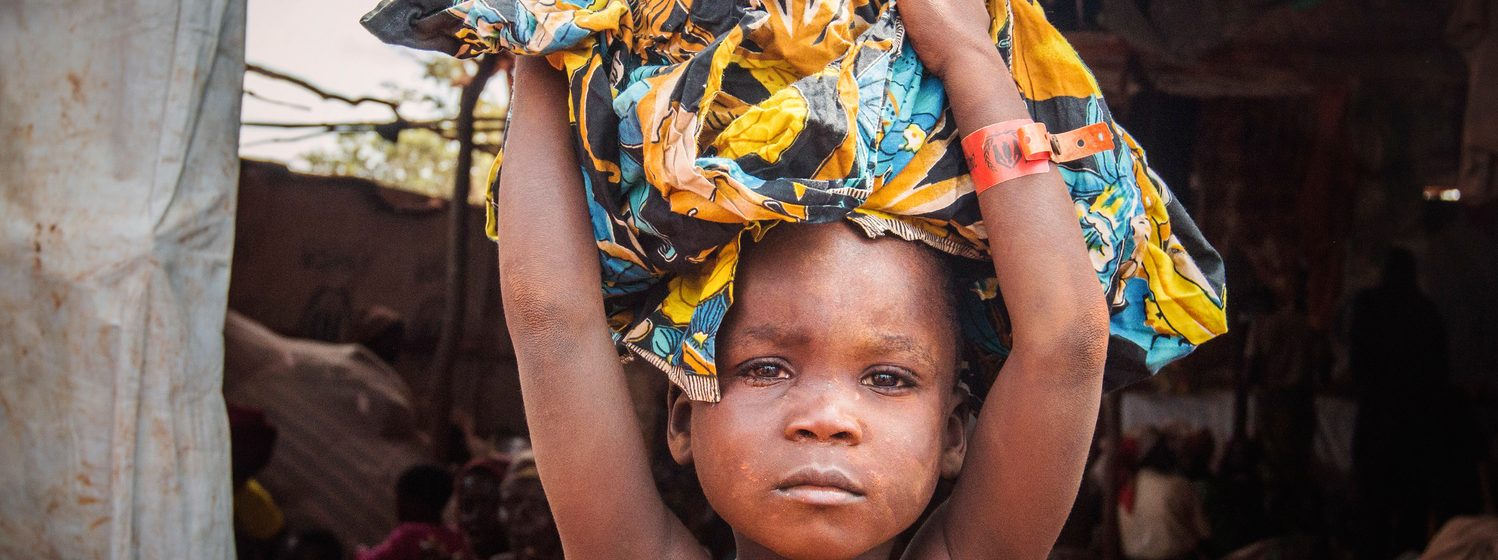


South Sudan
South Sudan, officially the Republic of South Sudan, is a landlocked country in north-eastern Africa that gained its independence from Sudan in 2011. Its current capital is Juba, which is also its largest city. Its population is 11 million people.
South Sudan is Africa’s newest country, established in 2011 following a civil war. The country has poor health outcome indicators. Malaria is endemic, with 100 percent of the population at risk, and accounts for the highest proportion of the disease burden in South Sudan. The country has a generalized HIV epidemic, with a concentration among vulnerable populations, including sex workers, truck drivers and youth.
AHO PRIORITIES FOR HEALTH DELIVERY PLAN IN SOUTH SUDAN
- Adolescent health/Health and family life education.
- Integration of HIV/AIDS and STI programs.
- Noncommunicable diseases.
- Oral health.
- Mental health/Substance abuse, including tobacco and alcohol.
- Essential public health functions.
- Disaster management.
- Organization and management of health services.
- Public/private partnerships.
- Health care financing and medical benefits scheme.
- Evaluation of pharmacy training program.
- Quality improvement.
- Health information/Disease surveillance/Information, education, and communication.
- Human resource development.
- Health sector reform, including legislation.
PROGRAMMES & PROJECTS
1. HEALTH SYSTEMS DEVELOPMENT
PURPOSE
To improve the performance of AHO
EXPECTED RESULTS
- Support provided for the development of policies and plans to improve the productivity of health providers.
- Support provided for the development of models and mechanisms to improve the health information system.
- Support provided for the development of policies, plans, and projects to improve the capacity of AHO to regulate and monitor the delivery of health services.
- Program implementation, monitoring, and evaluation mechanisms in place.
2. HEALTH PROMOTION AND HEALTHY LIFESTYLES
PURPOSE
To make operational policies and programs for selected NCDs and HIV/AIDS/STI prevention and control
EXPECTED RESULTS
- Support provided for the introduction of methods, models, and technologies for the early detection and adequate clinical management of selected conditions (NCDs and HIV/AIDS/STI and their complications).
- Support provided for the design and implementation of plans, projects, and policies to support the adoption of healthy lifestyles.
- Surveillance and information systems enhanced.
- Plans, projects, and policies introduced to mobilize additional human, material, and financial resources.
3. ENVIRONMENTAL HEALTH
PURPOSE
To enhance the capacity of AHO to respond to environmental health needs adequately.
EXPECTED RESULTS
- Support provided for the implementation of programs, policies, and norms to strengthen environmental health services.
- Support provided for the expansion of cooperation networks and alliances to strengthen interagency coordination of environmental health issues.
- Human resource capacity strengthened to deliver the environmental health program.
Capacity to mobilize resources enhanced to improve the environmental health program
RESOURCES (USD)
AHO SOUTH SUDAN 2020 (USD million)* based on 2017 population of 12.58 million, World Bank
| SO | BUDGET ITEM | AMOUNT* |
| 1 | Combating communicable diseases |
209 |
| 2 | Tackling non communicable diseases |
220 |
| 3 | Addressing determinants of health & risk factors |
215 |
| 4 | Modernising health system and health service |
210 |
| 5 | Improving preparedness, surveillance and response |
211 |
| 6 | Developing good governance & corporate services |
193 |
| Total |
1,258 |
AHO estimates that it needs to spend at least USD100 per capita on health to meet the basic health needs of the people in Africa. This is too far below developed countries e.g. in England it is US$1,300 per capita (2017)

